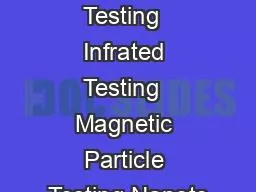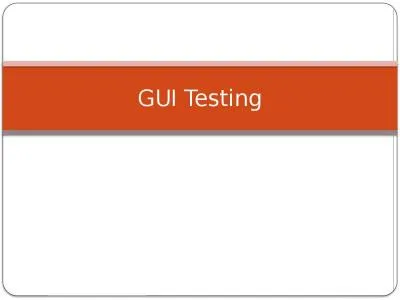PPT-Testing Our Understanding
Author : jane-oiler | Published Date : 2017-04-14
The Challenge Astronomers claim to know the reactions going on in the core of the sun and their rates Did my explanations convince you If not can we test our claims
Presentation Embed Code
Download Presentation
Download Presentation The PPT/PDF document "Testing Our Understanding" is the property of its rightful owner. Permission is granted to download and print the materials on this website for personal, non-commercial use only, and to display it on your personal computer provided you do not modify the materials and that you retain all copyright notices contained in the materials. By downloading content from our website, you accept the terms of this agreement.
Testing Our Understanding: Transcript
Download Rules Of Document
"Testing Our Understanding"The content belongs to its owner. You may download and print it for personal use, without modification, and keep all copyright notices. By downloading, you agree to these terms.
Related Documents

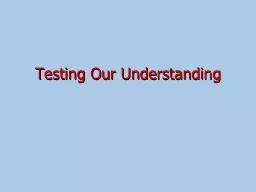

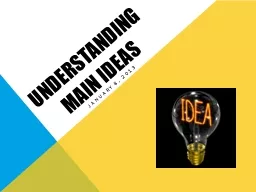

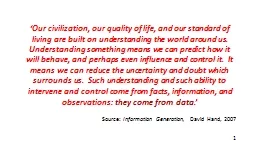


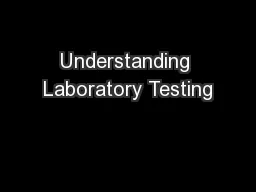

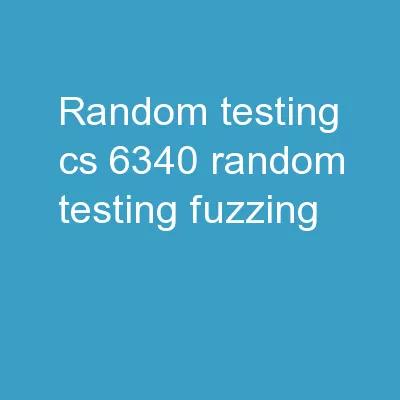
![[DOWNLOAD] Food Fix: How to Save Our Health, Our Economy, Our Communities, and Our Planet--One](https://thumbs.docslides.com/882628/download-food-fix-how-to-save-our-health-our-economy-our-communities-and-our-planet-one-bite-at-a-time.jpg)
